La vida secreta de las flores (currently – 2018) is a series of audiovisual and photographic works, made from the premise of monitoring flowers with a closed circuit of security cameras. Record almost all the acts of a life, the habitation of flowers from the moment they open their buds until their death. I investigate the dialogue and relationship, between the life of flowers, the space they inhabit and the reflection with the beings that surround them. An approach to representing the influence that manifests itself in our bodies through the action of being filmed/surveilled/recorded throughout our lives.
La vida secreta de las flores (actualidad – 2018) es una serie de obras audiovisuales y fotográficas, realizadas a partir de la premisa de vigilar flores con un circuito cerrado de cámaras de seguridad. Registrar casi todos los actos de una vida, el habitar de las flores desde que abren sus capullos hasta su muerte. Investigo el diálogo y la racción, entre la vida de las flores, el espacio que habitan y el reflejo con los seres que las rodean. Una aproximación a representar la influencia que se manifiesta en nuestros cuerpos por la acción de ser filmados/vigilados/registrados a lo largo de toda nuestra vida.
La gravedad de un cuerpo que asciende consists of a spectrometry of the sky, composed of a series of works that delve into the intersection of the sky, spirituality, and urban life. The scientific term “spectrum” conjures a fragmented view of invisible phenomena: a perspective that unveils the dissection of light, of energy. The works comprising this exhibition, utilizing various mediums (sculpture, photography, video installation), depict diverse manifestations of the sky in the urban environment: the flow of clouds through narrow streets, the yearning to soar, the projection of dreams upon gazing at the sky, structures reaching for heights, a movement of ascent.
La gravedad de un cuerpo que asciende consiste en una espectrometría del cielo, compuesta por un conjunto de obras que abordan el encuentro entre cielo, su espiritualidad, y la vida en la ciudad. El término científico “espectro” evoca una visión fragmentada de los fenómenos invisibles: una mirada que desvela el desmembramiento de la luz, de la energía. Las obras que integran esta exposición, a través del uso de distintos medios (escultura, fotografía, video instalación) representan diversas apariciones del cielo en el medio urbano: el correr de las nubes desde las calles angostas, el anhelo de volar, la proyección de los sueños al mirar el cielo, construcciones para llegar alto, un movimiento de ascenso.


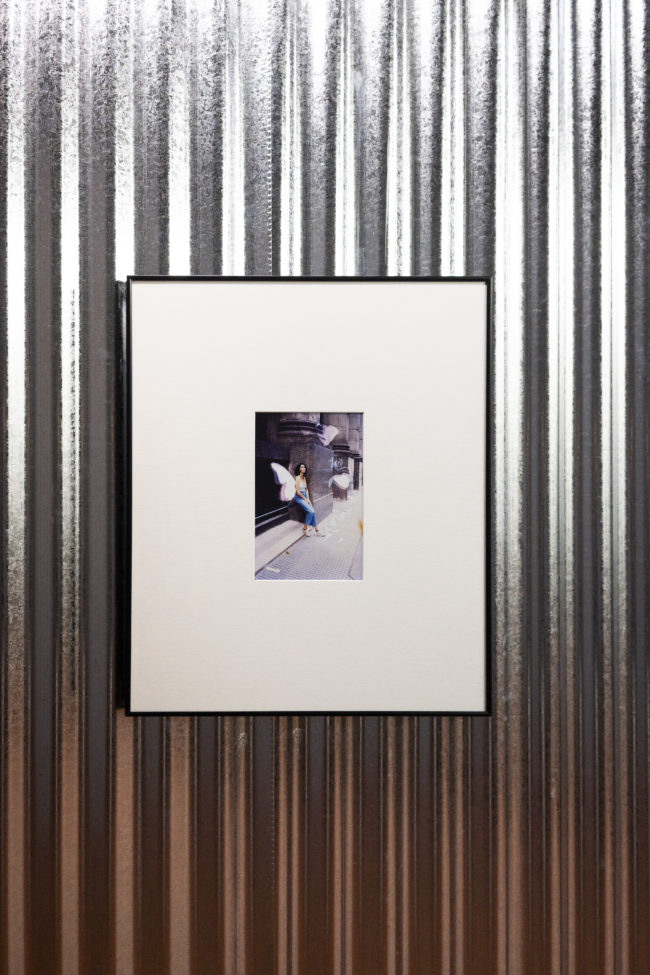



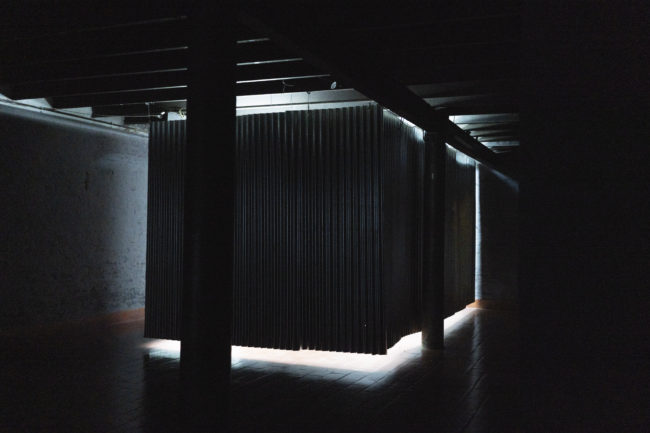

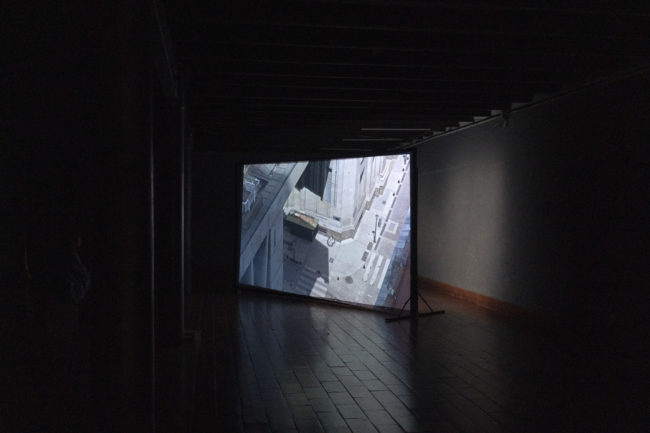

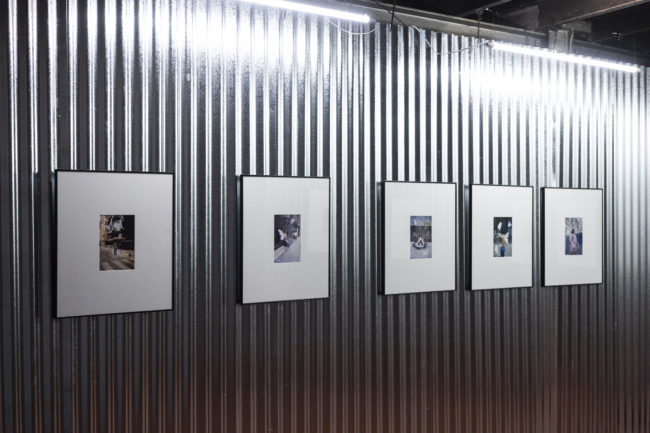

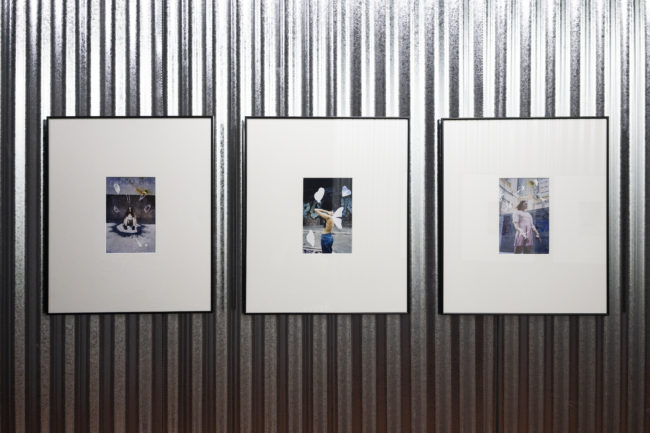

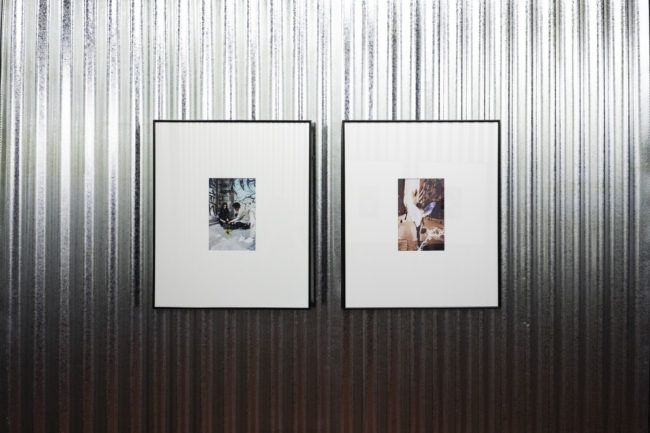

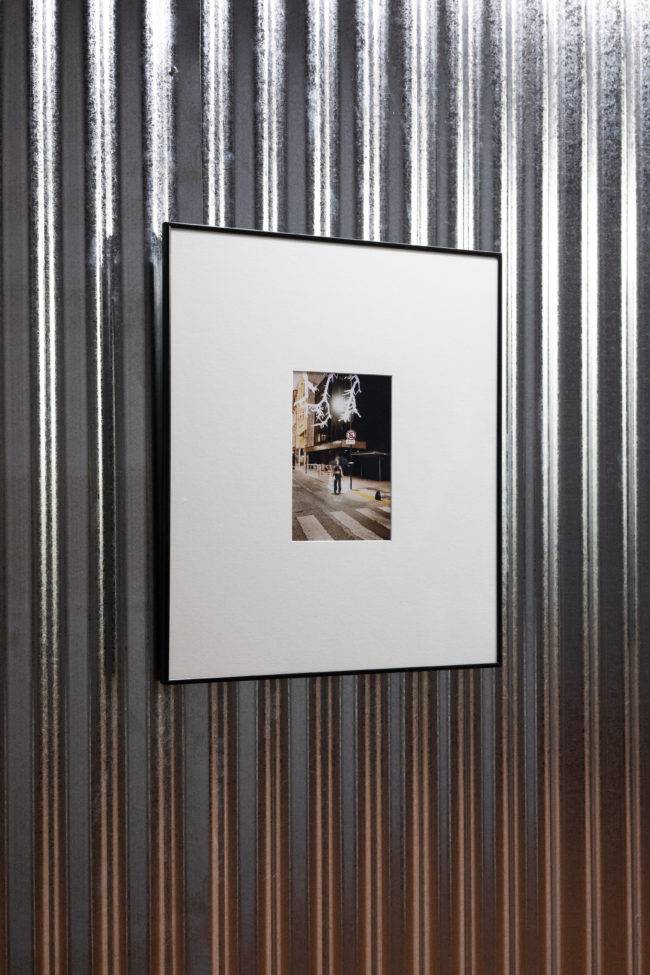



Fantasía Existe (2023) is Julieta Tarraubella’s first solo exhibition. It explores the resistance of sensitivity, subtlety, and magic in the urban context dominated by anxiety and fear. The exhibition constructs a narrative about a group of elemental beings attempting to re-materialize their companions, transformed into concrete and iron due to disbelief and hopelessness.
The images were captured using a digital camera, and after being selected, a process called film to tape was used to transfer the digital photographs into negative film. This allowed them to be projected onto photosensitive paper with a color enlarger.Once the negative was in the enlarger, each image was intervened using the classic experimental process of photogram*. In the darkness of the laboratory, the artist placed different objects (collections from nature) onto the photosensitive paper to reveal the magical and unique attributes of each character. Finally, each piece was manually developed using a special tank for photographic paper.
Additionally, the photographic series of this project revisit the uses of photography from the late 19th and early 20th century when it was used as a means to show the magical and paranormal.
Fantasía Existe (2023), primera exhibición individual de Julieta Tarraubella, es una exposición sobre la resistencia de lo sutil y de la magia en un contexto urbano dominado por la ansiedad y el miedo. La muestra construye un relato sobre un grupo de seres elementales en su intento de re-materializar a sus compañerxs transformadxs en cemento y hierro a causa de la incredulidad y el desasosiego.
Las imágenes fueron tomadas con cámara digital, luego de su selección, se realizó un proceso llamado film to tape para pasar las fotografías digitales a película negativa, y así poder proyectarlas sobre el papel fotosensible con una ampliadora color. Una vez el negativo en la ampliadora, cada una de las imágenes fue intervenida mediante el histórico proceso experimental del fotograma*. La artista bajo el azar de la oscuridad del laboratorio, coloca sobre el papel fotosensible diferentes objetos (recolecciones de la naturaleza) para brindar y revelar los atributos mágicos y únicos de cada personaje. Finalmente, cada pieza fue revelada manualmente utilizando un tanque especial para papel fotográfico.
A su vez las piezas fotográficas de este proyecto revisitan los usos de la fotografía de fines del s.XIX y principios del s.XX, cuando se la utilizaba como medio para evidenciar lo mágico y lo paranormal.
Bunker (2018 – 2023 is a performance, it is an exercise that blocks vision and showcases different events and representations of time. The action consists of a group of young people who wear LED matrix glasses that continuously display news headlines from various sources on the internet consumed by multiple audiences. This group operates as a roaming gang that intervenes in the city.
Bunker was first presented as part of the Perfuch exhibition at the UV gallery in Buenos Aires in 2018. On this occasion, the artist selected spaces near the recovas and the highway in the San Telmo neighborhood, which, due to their large scale and gray tones, evoke a post-industrial and dehumanized city. Like several of her pieces, Bunker questions the link we establish with technology and how it modifies our perceptions.
The action is part of the KM1 program, a series of artistic interventions in the San Telmo neighborhood carried out by the Modern Museum.
Lucrecia Palacios & Violeta Gonzales
Bunker (2018 – 2023) es una performance, un ejercicio que bloquea la visión y exhibe diferentes hechos y representaciones del tiempo. La acción consiste en un grupo de jóvenes, quienes usan gafas de matriz led, donde se reproducen continuamente titulares de noticias extraídas de internet pertenecientes a diversos medios y consumidas por múltiples públicos. Este grupo opera como una pandilla deambulante que interviene la ciudad.
Búnker fue presentado por primera vez en el marco de la exposición Perfuch, en la galería UV de Buenos Aires, en 2018. En esta ocasión, la artista seleccionó espacios cercanos a las recovas y la autopista, en el Barrio de San Telmo, que por su gran escala y tonos grises remiten a una ciudad postindustrial y deshumanizada. Como varias de sus piezas, Búnker cuestiona el vínculo que establecemos con la tecnología y cómo esta modifica nuestras percepciones.
La acción forma parte del programa KM1, una serie de intervenciones artísticas en el barrio de San Telmo que el Museo Moderno lleva adelante.
Lucrecia Palacios y Violeta Gonzales
There is a hidden essence in cities. Souls surrounded by the cement that they themselves built. These souls, magical and inexplicable entities, are invisible, they inhabit bodies, nature, cement, they lack form.
Between the ages of 7 and 11 I exchanged letters with gnomes, their names were Albricias and Albaricoque. I wrote letters on icing paper, I left offerings, cookies, flowers, cute things I found. During the nights they answered me, they left me magic potions, tools to achieve what I dreamed of, they wrote me advice, they took care of me. During that time I never doubted his existence, although sometimes I left traces of talcum powder trying to see his steps, some sign that would allow me to make his magical and invisible body tangible before my eyes.
One day, while looking for my mother’s necklace for a costume, I found, inside the nightstand drawer, a small jar that contained my canary’s feathers with the tips full of ink… Little by little we said goodbye, we stopped writing to Albricias and Apricot. I understood that the important thing is that they live in me.
Today I feel that the people around me are magical and creative beings, and that together we build our world. So, a while ago, I began to wonder how I could begin to see their wings, their hands and bodies full of magical powers. I decided to look for the terrain of this magic, using the testing machine as my ally: photography. A frame is the beautiful impression of the energy of “something” that decided to rest for a few seconds on the paper. (JT)
Existe una esencia oculta en las ciudades. Almas rodeadas del cemento que ellas mismas construyeron. Estas almas, entes mágicos e inexplicables, son invisibles, habitan cuerpos, naturaleza, cemento, carecen de forma.
Entre mis 7 y 11 años intercambié cartas con gnomxs, se llamaban Albricias y Albaricoque. Escribí cartas en papel glasé, dejé ofrendas, galletitas, flores, cositas lindas que encontraba. Durante las noches me respondían, me dejaban pociones mágicas, herramientas para lograr lo que soñaba, me escribían consejos, me cuidaban. Durante ese tiempo nunca dudé de su existencia, aunque a veces dejaba rastros de talco intentando ver sus pasos, algúna señal que me permitiera hacer tangible su cuerpo mágico e invisible ante mis ojos.
Un día buscando un collar de mi madre para un disfraz, encontré dentro del cajón de la mesita de luz, un frasquito que contenía plumas de mi canario con la punta llena de tinta… Poco a poco nos despedimos, dejamos de escribirnos con Albricias y Albaricoque. Entendí que lo importante es que ellos viven en mí.
Hoy siento que las personas que me rodean son seres mágicos y creadores, y que juntos construimos nuestro mundo. Así, hace un tiempo, comencé a preguntarme cómo podía comenzar a ver sus alas, sus manos y cuerpos llenos de poderes mágicos. Decidí buscar el terreno de esta magia, usando como mi aliada a la máquina de pruebas: la fotografía. Un fotograma es la bella impresión de la energía de “algo” que decidió descansar unos segundos sobre el papel. (JT)
La ocupación de mi cielo [The Occupation of My Sky] (2020-2019) is a series of works that represent the exploration of my earthly form in the quest for devices to approach the sky. In 2011, with the premise of creating a prosthesis for my body, I designed robotic wings. I began to wear these wings as a ritual during the confinement period we experienced in 2020. My home and the sky became the centers of all possible experiences. Simultaneously, I compiled all the videos and photographs taken during my journeys. The audiovisual piece of this series is the dialogue between the skies I have navigated and the narrative of my seclusion experience. (JT)
La ocupación de mi cielo (2020 – 2019) es una serie de obras que representan la investigación de mi forma terrenal en búsqueda de dispositivos de acercamiento al cielo. En 2011, con la premisa de crear una prótesis para mi cuerpo diseñe unas alas robóticas, las cuales comencé a colocarme las alas a modo ritual, durante el período de confinamiento que atravesamos en 2020. Mi hogar y el cielo como centros de todas las experiencias posibles. En paralelo, compilé todos los videos y fotografías realizadas durante mis viajes. El audiovisual de esta serie, es el diálogo entre los cielos que he navegado y el relato de mi experiencia de reclusión. (JT)
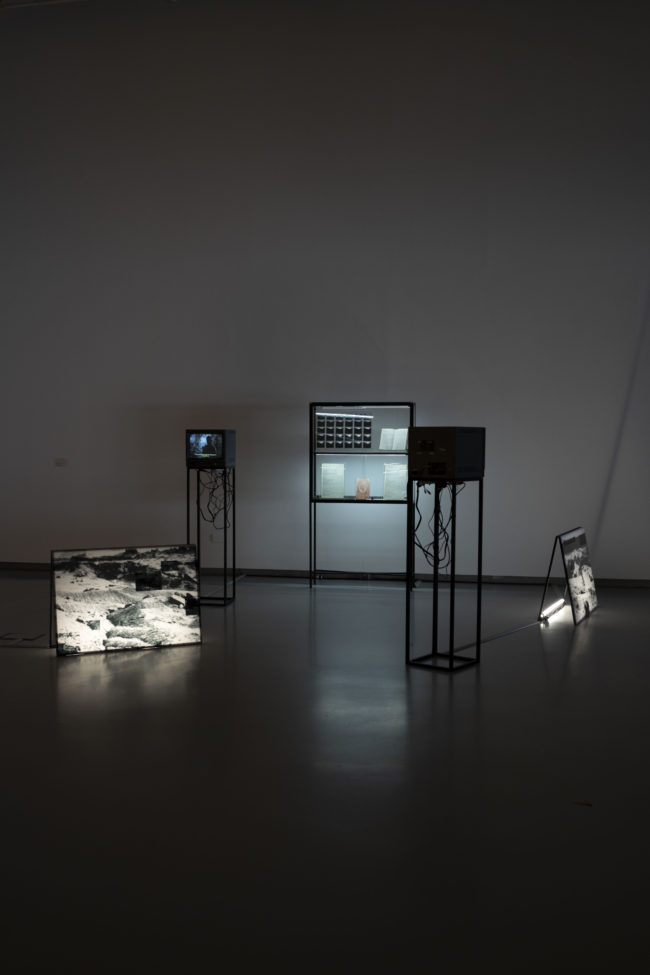

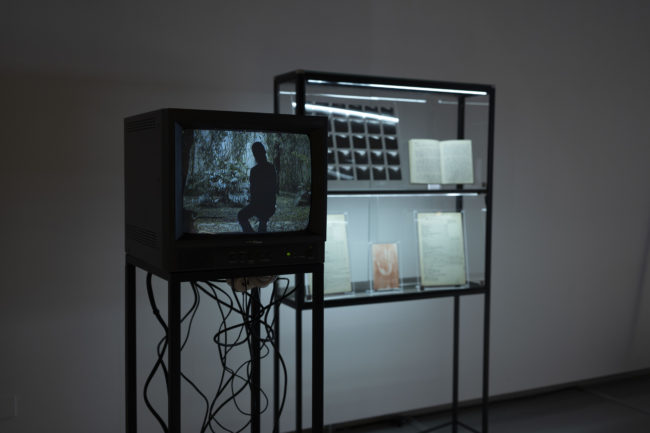

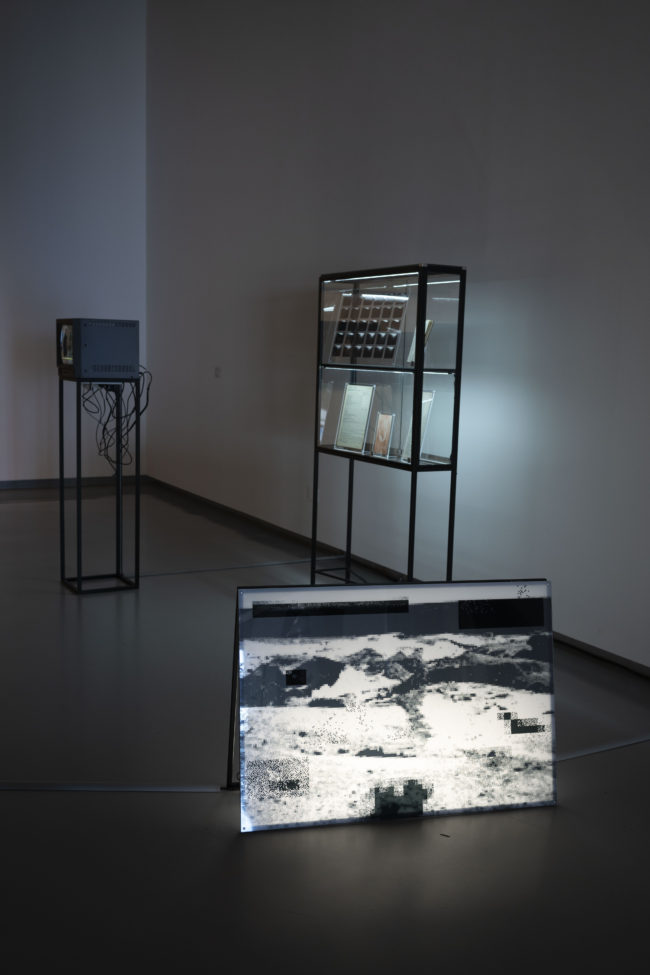

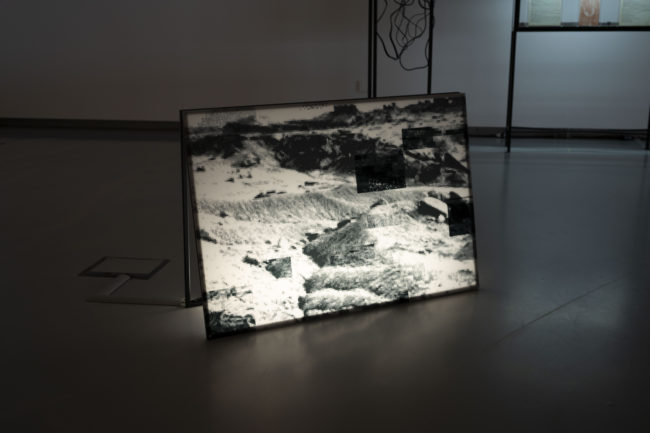

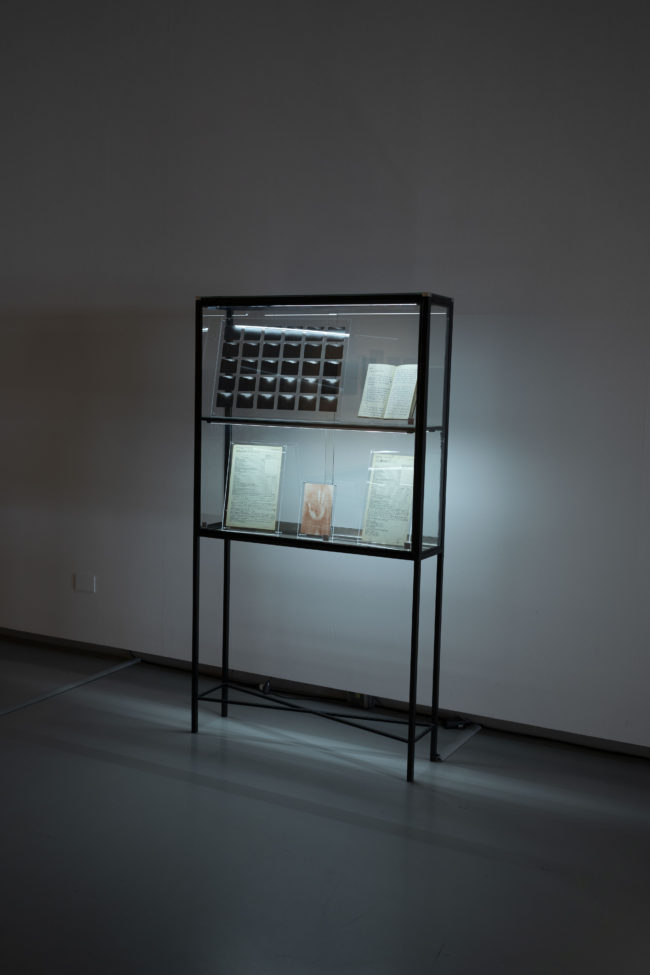



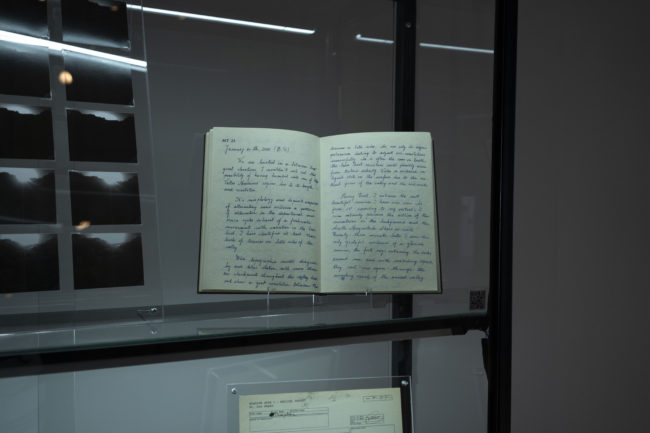

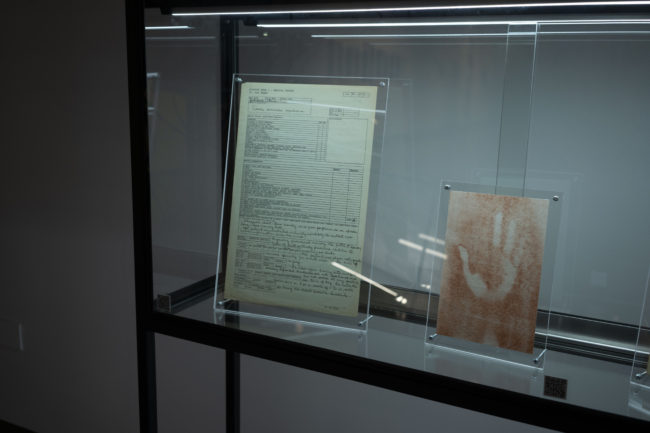

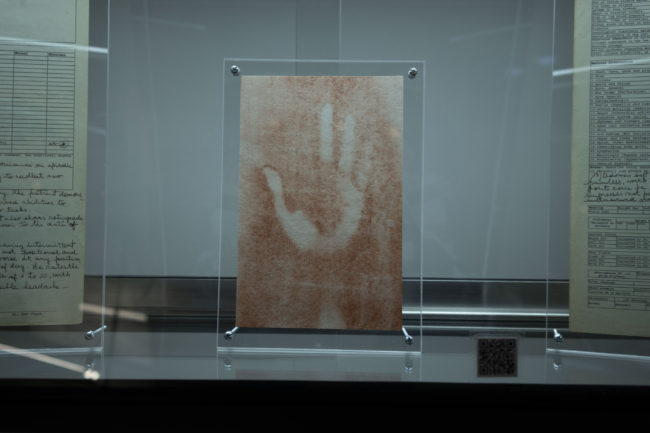

Mars is a planet composed of a rocky red desert. Its atmosphere has a density of one percent of Earth’s atmosphere… the rarefied air of Mars.
In the 1990s, a group of eccentric European millionaires believed in the free and autonomous exploration of space, without the need for space institutions or the military. They decided to independently finance the creation of the ZEUS I spacecraft, whose mission was to send a small crew to Mars to initiate terraforming.
In 1995, ZEUS transported a crew of 5 members, scientists, and technicians with dual specialties. They brought with them all the technological means and the experiments performed on Earth that would allow them to create life and an ecosystem similar to ours on the red planet. The expedition’s journey was recorded by a hidden control base in the Netherlands through telemetry.
In 2015, a series of files and messages belonging to ZEUS indicating the survival of its crew until today were found on the Deep Web.
–
NEWS FROM MARS (2015) is an audiovisual fiction, a transmedia narrative composed by a series of works based on the concept of fake/false documents. It investigates and explores the creation of a “documentary” narrative from the convergence of various works/evidence. It primarily exists in two formats: web and installation.
Marte es un planeta conformado por un desierto rocoso de color rojo. Su atmósfera tiene una densidad del uno por ciento de la atmósfera terrestre… el aire enrarecido de marte.
Durante los años noventa, un grupo de excéntricos millonarios europeos creían en la libre y autónoma exploración del espacio, sin necesidades de instituciones espaciales ni militares. Así deciden financiar la creación independiente de la nave ZEUS I, cuya misión era la de enviar una pequeña tripulación a Marte para iniciar su terraformación.
En 1995, ZEUS transportaba una tripulación de 5 integrantes, científicos y técnicos con dobles
especialidades. Llevaban con ellos, todos los medios tecnológicos y los experimentos realizados en la Tierra que les permitirían crear una vida y un ecosistema similar al nuestro en el planeta rojo. El viaje de dicha expedición fue registrada por una base de control escondida en Holanda mediante telemetría.
En 2015, se encontraron en la Deep Web una serie de archivos y mensajes pertenecientes a ZEUS evidenciando la supervivencia de sus tripulantes hasta hoy.
–
NEWS FROM MARS (2015) es una ficción audiovisual, un relato transmediático conformado por una serie de obras pensadas a partir del concepto de fake/falso documento. Investiga e indaga en la creación de una narración de un hecho “documental” a partir de la convergencia de diversas obras/ evidencias. Principalmente tiene dos formatos: web e instalación.